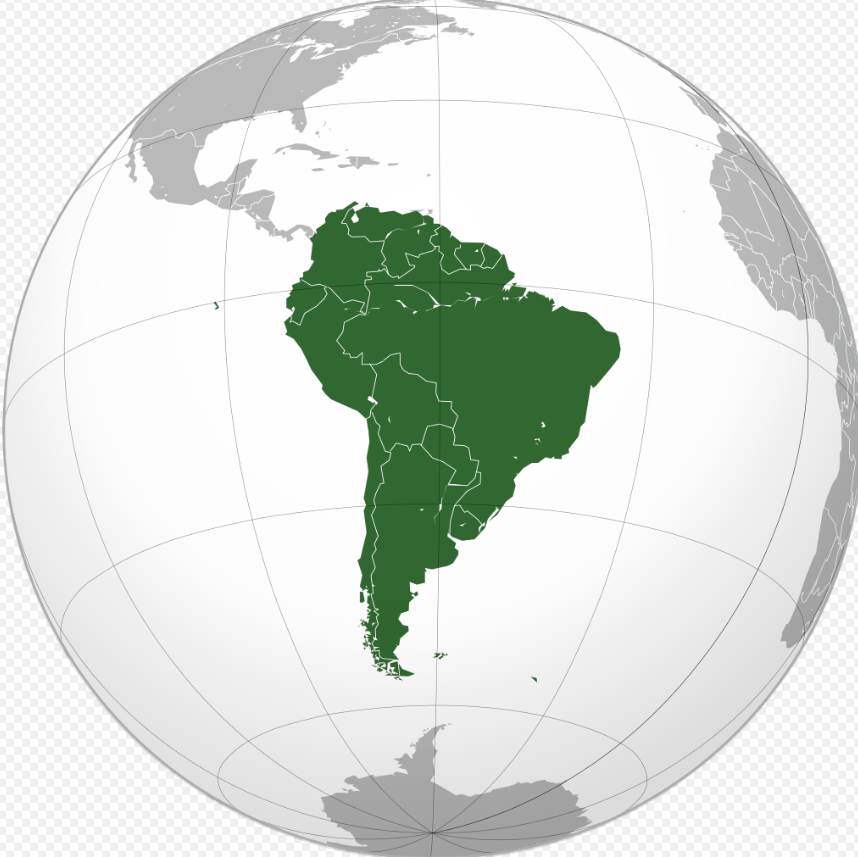Oman’s Currency Journey: From Barter to the World’s Third Strongest Currency
Share
Oman’s Currency Journey: From Barter to the World’s Third Strongest Currency
Oman’s currency history reflects its evolution from a fragmented trading society to a sovereign, economically resilient nation. Today, the Omani Rial (OMR) ranks among the world’s strongest currencies, underpinned by strategic policy, oil wealth, and disciplined financial governance. This article traces the development of Omani currency from pre-colonial barter systems to the modern rial, explores the reasons behind its strength, and highlights the figures depicted on its banknotes.
Pre-Colonial and Colonial Currency: Barter, Rupees, and Fragmentation
Before the advent of formal currency, Omanis relied on barter systems, exchanging goods like dates, salt, textiles, and gold. Due to Oman’s strategic location along the Indian Ocean trade routes, foreign coins—especially from Persia, India, and East Africa—circulated widely. In the 20th century, Indian rupees and later Gulf rupees (issued by the Reserve Bank of India for Gulf states) became dominant in Muscat and coastal regions, while Maria Theresa thalers were used inland.
This fragmented monetary landscape reflected Oman’s decentralized governance and external dependencies. It wasn’t until Sultan Qaboos bin Said’s rise to power in 1970 that Oman began consolidating its currency system.
Birth of the Omani Rial: Sovereignty Through Currency
In 1970, the Oman Currency Board was established, issuing the first national banknotes in 1972. These were denominated in Rials Saidi, later replaced by the Rial Omani (OMR) in 1973. The Central Bank of Oman (CBO) was founded in 1974 and assumed full monetary authority by 1979.
The OMR is subdivided into 1,000 baisa, and its banknotes have featured a mix of national symbols, architectural landmarks, and royal portraiture. The currency became a tool of state-building, reinforcing national identity and economic modernization.
Why Is the Omani Rial So Strong?
As of 2025, the OMR is the third strongest currency globally, with 1 OMR ≈ $2.60 USD. This strength is not accidental—it stems from:
Fixed Exchange Rate: Since 1986, the rial has been pegged to the US dollar, ensuring stability.
Oil Wealth: Oman’s petroleum exports provide substantial foreign reserves.
Fiscal Discipline: The government maintains a low debt-to-GDP ratio and prudent spending.
Monetary Policy: The Central Bank enforces strict inflation control and banking oversight.
Economic Diversification: Investments in tourism, logistics, and agriculture reduce reliance on oil.
These factors make the OMR attractive to investors and resilient against global currency fluctuations.
Who Is Depicted on Omani Banknotes?
Historically, Omani banknotes featured Sultan Qaboos bin Said, the architect of modern Oman. His image appeared on most notes from the 1970s through the 2010s, symbolizing unity, reform, and national pride.
Since 2020, newer issues feature Sultan Haitham bin Tariq, who succeeded Qaboos. His portrait represents continuity and leadership in a new era. The reverse sides often depict forts, universities, and government buildings, reinforcing Oman’s heritage and development.
Conclusion: Currency as a Mirror of Nationhood
Oman’s currency journey—from barter and foreign coins to the powerful Omani Rial—mirrors its transformation into a unified, forward-looking state. The strength of the rial reflects not just economic policy but national confidence. For collectors and historians, Omani banknotes offer a rich tapestry of sovereignty, symbolism, and strategic resilience.





